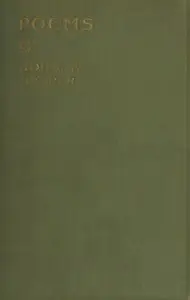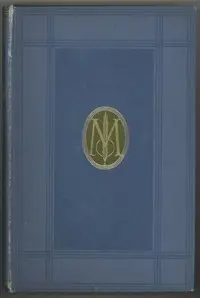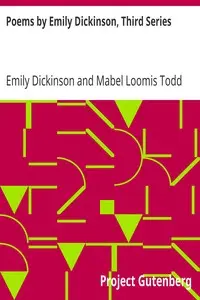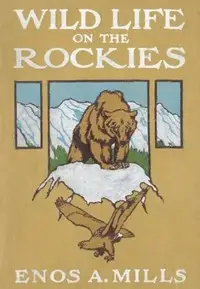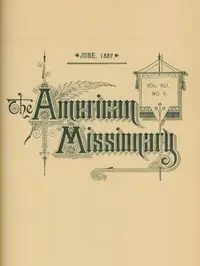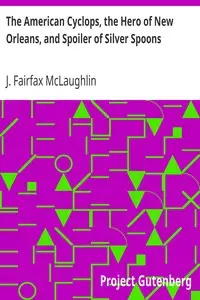"Poems by Emily Dickinson, Series Two" by Emily Dickinson is a compilation of poems originally crafted in the late 1800s that expands upon her previous collection to think about existence, affection, passing, and the environment. Dickinson’s distinctive writing includes strange punctuation and capitalization. Her method captures difficult emotions using short verses. The pieces focus on a broad range of subjects as they question what it means to be a person and to live in nature. She courageously confronts the themes of hope, what makes us different, being alone, and the end of life by pulling readers into her thoughtful world. Her work seizes the good and bad of being alive. The compilation offers a mosaic of thoughts and feelings that echo throughout time in her attention to life and the world instead of telling one longer story.

Poems by Emily Dickinson, Series Two
By Emily Dickinson
Experience short verses of life, love, death, and nature in this collection of poems.
Summary
About the AuthorEmily Elizabeth Dickinson was an American poet. Little-known during her life, she has since been regarded as one of the most important figures in American poetry. Dickinson was born in Amherst, Massachusetts, into a prominent family with strong ties to its community. After studying at the Amherst Academy for seven years in her youth, she briefly attended the Mount Holyoke Female Seminary before returning to her family's home in Amherst. Evidence suggests that Dickinson lived much of her life in isolation. Considered an eccentric by locals, she developed a penchant for white clothing and was known for her reluctance to greet guests or, later in life, even to leave her bedroom. Dickinson never married, and most of her friendships were based entirely upon correspondence.
Emily Elizabeth Dickinson was an American poet. Little-known during her life, she has since been regarded as one of the most important figures in American poetry. Dickinson was born in Amherst, Massachusetts, into a prominent family with strong ties to its community. After studying at the Amherst Academy for seven years in her youth, she briefly attended the Mount Holyoke Female Seminary before returning to her family's home in Amherst. Evidence suggests that Dickinson lived much of her life in isolation. Considered an eccentric by locals, she developed a penchant for white clothing and was known for her reluctance to greet guests or, later in life, even to leave her bedroom. Dickinson never married, and most of her friendships were based entirely upon correspondence.


